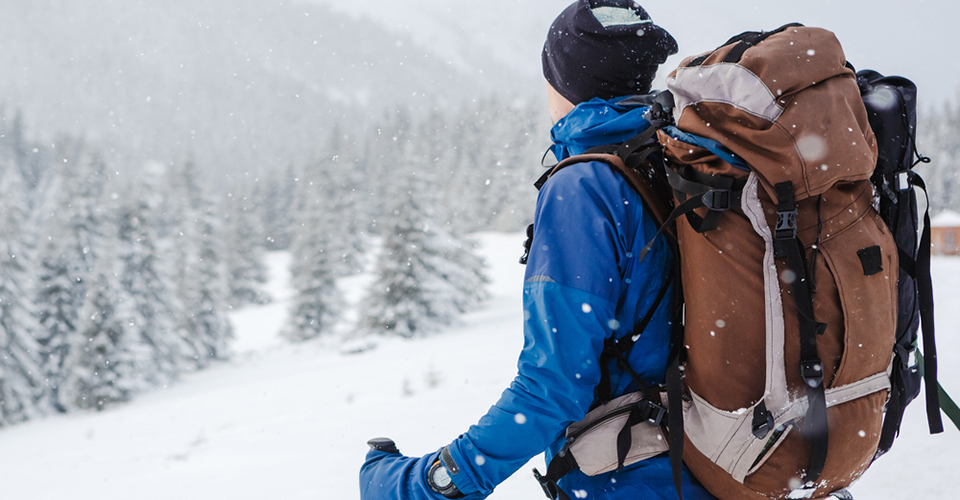Winter is in full swing across much of the U.S., but don’t let that discourage you from meeting your New Year’s resolution fitness goals. With some best outdoor safety practices and a little emergency care know-how in your back pocket, you and your family can enjoy the great outdoors all winter long.
The Centers for Disease Control offers tips on how to dress for success when it comes to staying warm and dry during winter storm season. It’s all about the art of layering:
-
Inner Layer: Wear fabrics that will hold more body heat and don’t absorb moisture. Wool, silk, or polypropylene will hold more body heat than cotton.
-
Insulation Layer: An insulation layer will help you retain heat by trapping air close to your body. Natural fibers, like wool or goose down, or a classic fleece work best.
-
Outer Layer: The outermost layer helps protect you from wind, rain, and snow. It should be tightly woven, and preferably water and wind resistant, to reduce loss of body heat.
The CDC also recommends that you:
-
Stay dry—wet clothing chills the body rapidly.
-
Remove extra layers of clothing whenever you feel too warm. Excess perspiration will increase heat loss, so
-
Avoid getting gasoline or alcohol on your skin while de-icing and fueling your car or using a snow blower. These materials in contact with the skin greatly increase heat loss from the body.
-
Do not ignore shivering. It’s an important first sign that the body is losing heat. Persistent shivering is a signal to return indoors.
Cold Weather Emergency Care: Localized Cold Injuries
In localized cold injuries, the skin and underlying body tissue become very cold or freeze in very cold environments. Body parts that are commonly exposed to extreme cold are the most likely to be affected, such as the fingers, toes, earlobes, cheeks, and nose.
The degree of injury is determined by how deeply body tissue is affected.
Non-freezing cold injury, also described as frostnip, does not result in actual freezing of skin or body tissue, just a lowering of temperature. It typically does not cause any permanent damage to the skin or underlying tissue. Signs of non-freezing cold injury include a pins-and-needles sensation, tingling, or throbbing. The skin is cold to the touch and may be pale or very red.
It is important to treat non-freezing cold injury promptly so that it does not progress to frostbite:
-
Protect the affected area from further exposure.
-
Get the person to a warmer place.
-
Remove jewelry and wet clothes.
-
Use skin-to-skin contact such as holding the affected part in a warm hand or tucking hands into armpits to gently warm the affected areas.
-
Avoid direct heat sources as these could cause burns.
A tingling or burning sensation is normal during rewarming. Allow the person to resume activity when the affected area looks and feels normal.
Frostbite occurs when there is some level of freezing of skin and underlying body tissue. Once freezing occurs, the condition becomes much more serious and will require professional medical care. Signs of frostbite include the following:
-
Blotchiness; skin turns from red to white or pale
-
Firm, hard, pale skin
-
Numbness, loss of sensation, pain, or discomfort in the affected area
For an overview of emergency care treatments for frostbite, as well as hypothermia, click here for our blog post from January, 2016.
Are you ready to respond? Let ASHI and MEDIC First Aid show you how. The first aid portions of our programs cover a wide range of common medical emergencies, including cold weather incidents. Click the button below to find a Training Center near you.
Stay safe out there!








.png?width=600&name=HSI-CTA-EmergencyCareTraining%20(1).png)











Comments